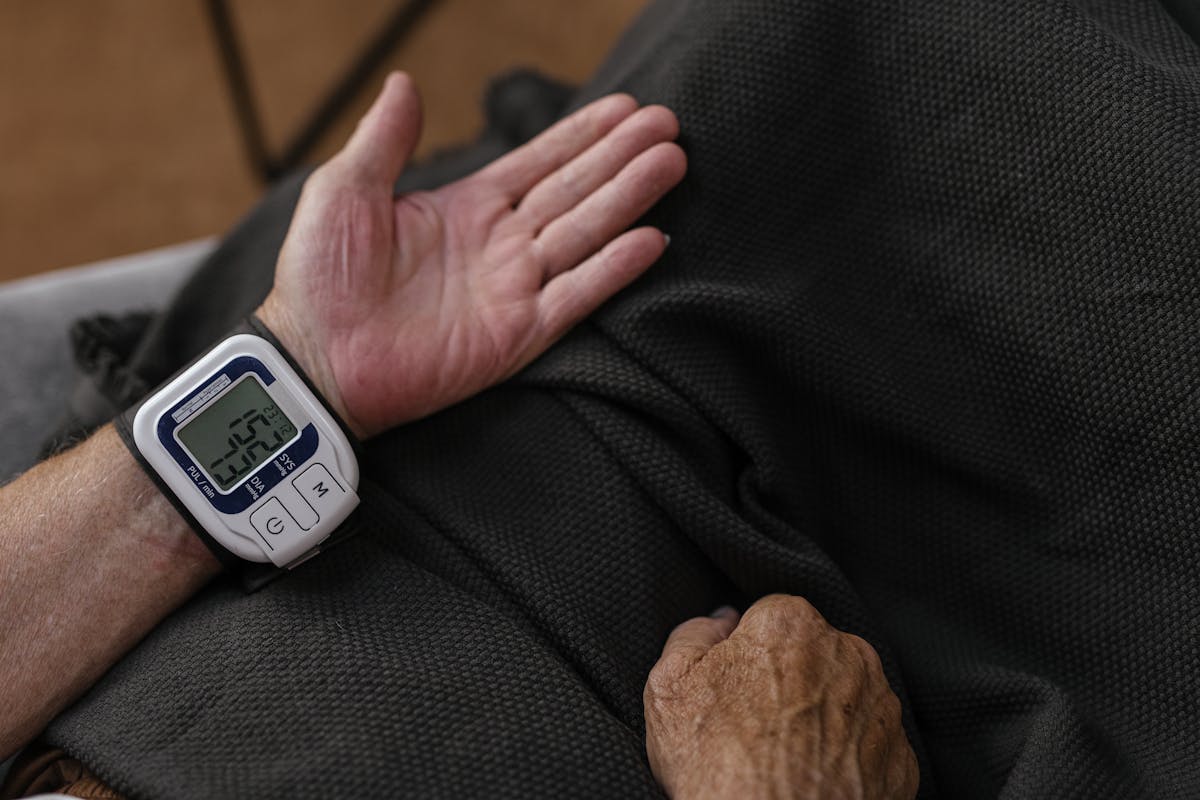
How Much Exercise Per Week Is Needed to Keep Blood Pressure Under Control?
If you want to protect your heart health and prevent high blood pressure in older age, it's crucial to stay physically active – not only in youth but also during middle age.
According to a comprehensive study involving more than 5,000 people across four U.S. cities, social factors can significantly affect one’s ability to exercise regularly, especially as they age.
"Teenagers and people in their early twenties are often physically active, but those habits change over time," said epidemiologist Kirsten Bibins-Domingo of the University of California, San Francisco, author of the study published in 2021 in the American Journal of Preventive Medicine, as reported by Science Alert.
While it is known that physical activity lowers blood pressure, the results of this study show that maintaining higher levels of activity during youth – higher than currently recommended – plays a key role in preventing hypertension.
Blood Pressure – The Silent Killer
Hypertension, also known as high blood pressure, is a serious health condition that affects billions of people worldwide and increases the risk of heart attacks, strokes, and even dementia in later years.
According to the World Health Organization, more than a quarter of men and about a fifth of women have high blood pressure – and most are unaware of it. That’s why hypertension is often called the “silent killer.”
The good news, however, is that the situation can be reversed – and physical activity is the main focus of this research.
What Did the Study Show?
More than 5,100 adults participated in the study, which tracked their health over three decades through physical exams and questionnaires about habits – from exercise to smoking and alcohol consumption.
For all participants, physical activity began to decline between the ages of 18 and 40, while hypertension rates gradually increased.
The authors emphasize that youth is a critical period for intervention and prevention – with health promotion programs that encourage physical activity.
"Almost half of the young adults in our study did not reach the recommended levels of activity, and this was associated with the later development of hypertension. This indicates we need to raise the minimum physical activity standards," said lead author Dr. Jason Nagata.
Researchers specifically analyzed a group that exercised at least five hours per week in youth – twice the current recommendation – and found that this level of activity significantly reduced the risk of high blood pressure, especially if those habits were maintained into the 60s.
"Achieving at least double the physical activity recommended by current guidelines may have a greater effect on preventing hypertension than merely meeting the minimum," the study states.
Not Easy to Stay on Track
However, the authors acknowledge that it's not easy to maintain regular physical activity throughout all life stages – especially after high school, when college, employment, or parenting begins, and free time becomes limited.
Another important observation relates to racial group differences. By age 40, physical activity levels among white individuals stabilized, while they continued to decline among Black men and women.
By age 45, Black women had a higher percentage of hypertension than white men, while white women had the lowest rates through middle age. By age 60, 80–90% of Black men and women had high blood pressure, compared to just under 70% of white men and about 50% of white women.
Although the study did not directly measure social and economic conditions, the authors stress that these factors – such as education, environment, family, and work obligations – can significantly influence whether someone maintains physical activity throughout life.
"Although young Black men often participate in sports, social and economic factors, as well as responsibilities, often prevent them from continuing this into adulthood," concludes Dr. Nagata.
The study was published in the journal American Journal of Preventive Medicine.





